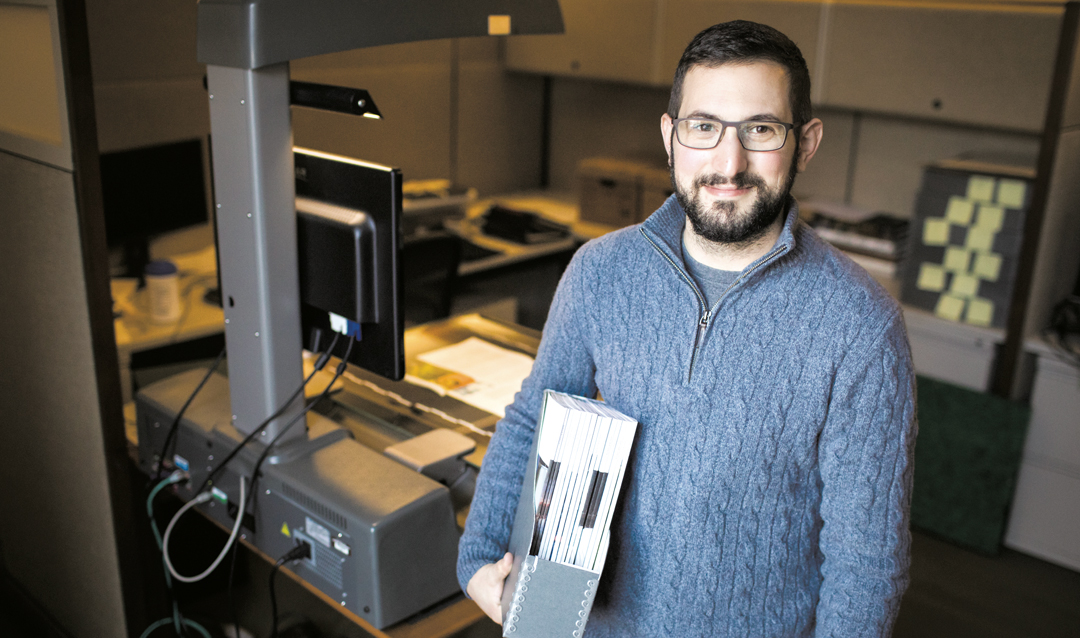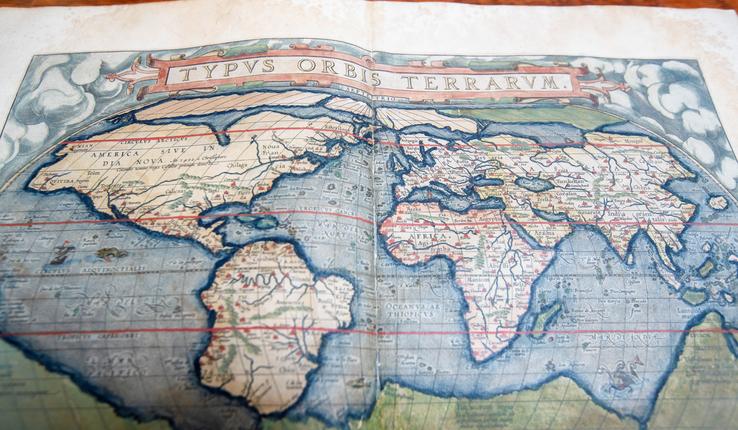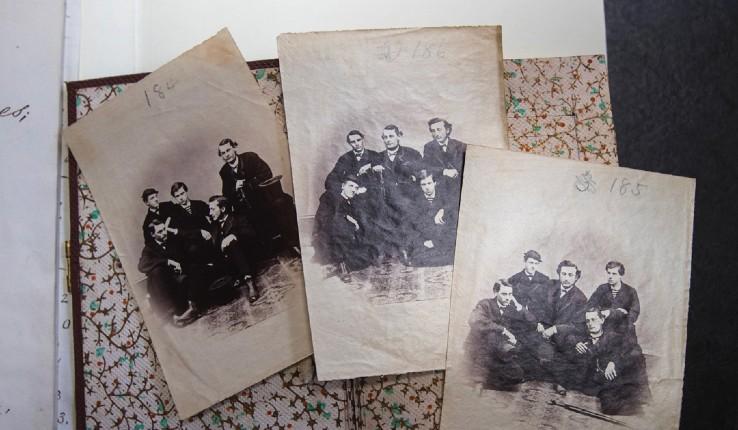It was a prophetic moment when Alex Japha came across an article in the fall 1996 edition of the Lehigh Bulletin about the importance of preserving the university’s print and digital materials, including creating a lasting record of them on the internet.
Japha spotted it as he was reviewing digitized copies of the alumni magazine that he and a group of work-study students finished scanning last year, immortalizing more than 100 years of the Bulletin in Lehigh’s digital repository.
The article was written just three years after the World Wide Web became public domain, and 20 years before Japha, the digital archivist for Special Collections, started his career with Lehigh Libraries.
“Without preserving our past, we have no future,” says the article titled “A Race Against Time.”
The effort to finish digitizing more than 100 years worth of Bulletin magazines is one of the library system’s latest preservation efforts. Published by the Lehigh University Alumni Association since 1913, the Bulletin is released three times per year and distributed to 75,000 alumni around the country. It is read by many more alumni, staff and students online.
“We know they are very much in demand, very useful and have very rich content,” Japha said. “Other than the The Brown and White student newspaper, it’s the best place to get university history or information about the people who attended here.”
Issues from 1913 to 1950 were digitized beginning in 2009 and uploaded in 2011 to the library’s collection in the Internet Archive, but the time and staff the project required delayed continuing.
Archive and Special Collections Librarian Ilhan Citak noted that other essential historical resources like Epitome yearbooks and course catalogs were also digitized and uploaded alongside the Bulletins. Japha and a group of 15 work-study students picked the project up again in August 2020 and finished scanning the next 70 years of Bulletin issues in November 2021.





